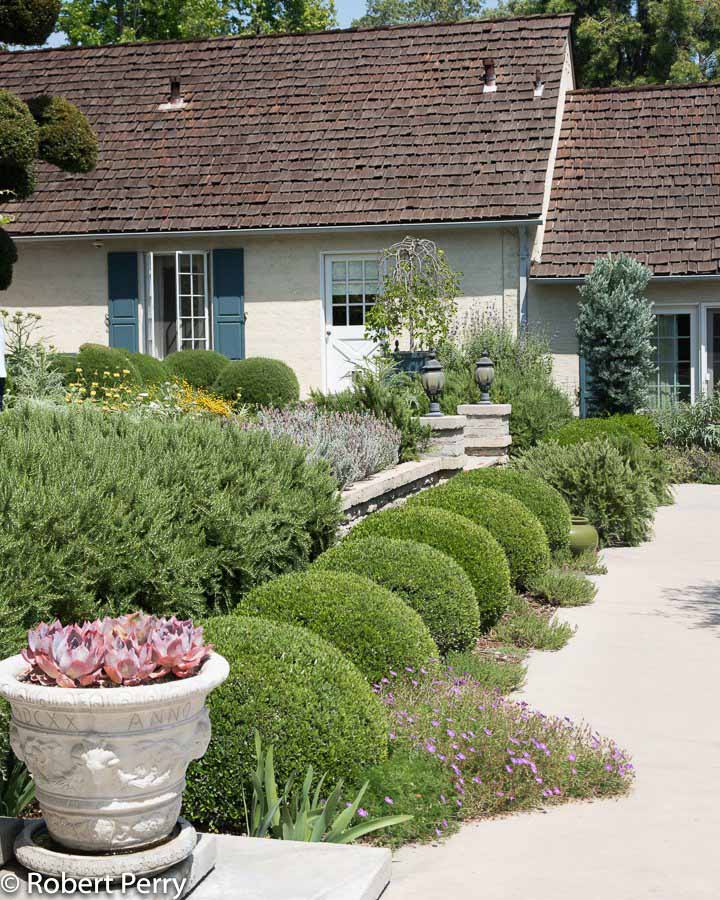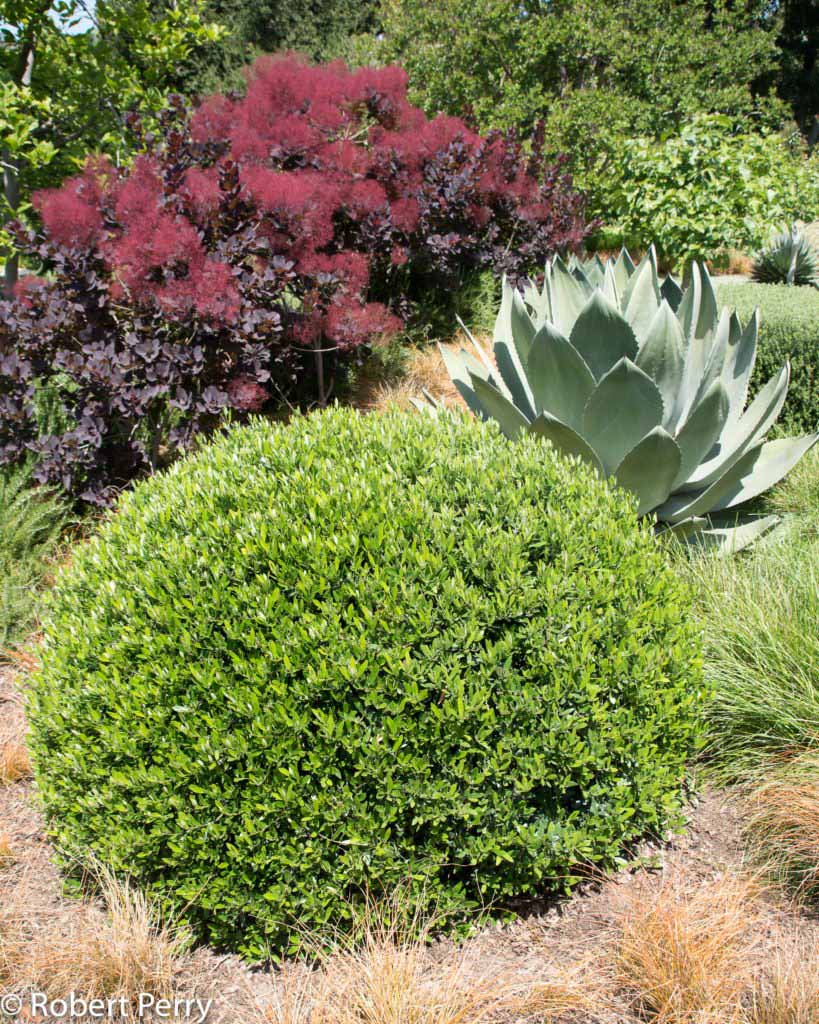Please note:
For most situations, we would not recommend installing this plant in new gardens, landscapes, or plantings in southern California.
A fatal bacterial disease for olives, known as xylella is becoming wide spread in southern California. It is spread by a tiny insect, the glassy-winged sharpshooter, that sucks sugars out of olives and other plants. The sucking insects do not directly harm the plant, but if carrying the xylella bacteria, it can spread the disease to each plant it sucks from. While there are still many healthy olives in the area, many have died, so we do not recommend any kind of olive for new plantings in the area.
Top evergreen small or prune-able shrubs to consider instead include Eve Case coffeeberry, Sunset manzanita, and Centennial coyote brush.
This plant profile is included in this site as a reference for two primary reasons:
- If you already have this plant in your landscape, this information can be used to know how to care for it.
- If you already have this plant in your landscape, you can use this information to learn which of our recommended plants have the same recommended watering needs, making them potential choices for grouping together if you will be adding new plants to the existing area.
In general, instead of this plant, we recommend planting appropriate California native plants whenever possible.
In addition to their beauty, California native plants offer the most additional benefits beyond just low water use, including habitat for the birds, butterflies, and pollinators who evolved here with them. This adds value and beauty in your landscape beyond just a pretty plant, allowing the landscape to actively contribute to the environment instead of just using less water. You can find our top recommended native plant choices on our Plant Finder by selecting “California Native” and learn more about California native plants here.
To learn what exactly California native plants are and how they are different from other low water plants, visit this link.
For visual interest or other reasons, some people may also want to mix in other non-native low-water demanding plant choices even though they do not have the same ecological value as native plants. For that reason, we feature a number of non-native waterwise selections on this site as well. However, we see native plants as the best “go to” for most landscape or garden choices! We encourage people to consider planting at least 50% of their landscape to native plants. See our Garden Designs section or visit our Waterwise Demonstration Garden in Montclair for plenty of inspiration.
————————————————————————————————————————————————
Little Ollie is an evergreen shrub that grows into a dense mounding plant, 6 to 8 ft tall and as wide. It is a dwarf non-fruiting hybrid that is often clipped and sheared into geometric shapes for a formal character in Mediterranean and drought tolerant gardens. It grows in sunny locations and with sufficient amounts of supplemental water throughout the summer months.


